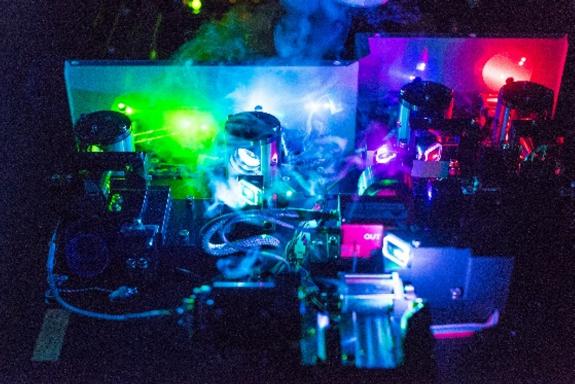Our human body consists of countless very different cells. Each of these cells is enveloped by a biomembrane consisting of various fat molecules. These membranes are only 3 nm thick, i.e. three billionths of a meter. Embedded in these biomembranes are very different protein molecules (proteins), many of which span the entire biomembrane. Many of these proteins can form a pore through which ions such as sodium ions, potassium ions or chloride ions can flow. These proteins are called ion channels. Other of these proteins can exchange different ions or other small molecules with each other through a complicated mechanism. These molecules are called transporters. What both protein classes have in common is that they participate in the generation of bioelectricity, which is essential for the normal function of nerve cells, heart muscle cells or other muscle cells. The Institute of Physiology II and the Germany-wide DynIon research group are working on the fundamental mechanisms of the function of ion channels and transporters. To this end, the extraordinarily tiny currents through these molecules are measured, many different functions described and the data assigned to the molecular structures of the proteins mentioned.
Numerous ion channels and transporters are also starting points for drug therapies to treat diseases. For this reason, substances that specifically modulate the function of ion channels are also being tested at the Institute and in the DynIon research group.
Further information can be found on the homepage of the Institute of Physiology II

